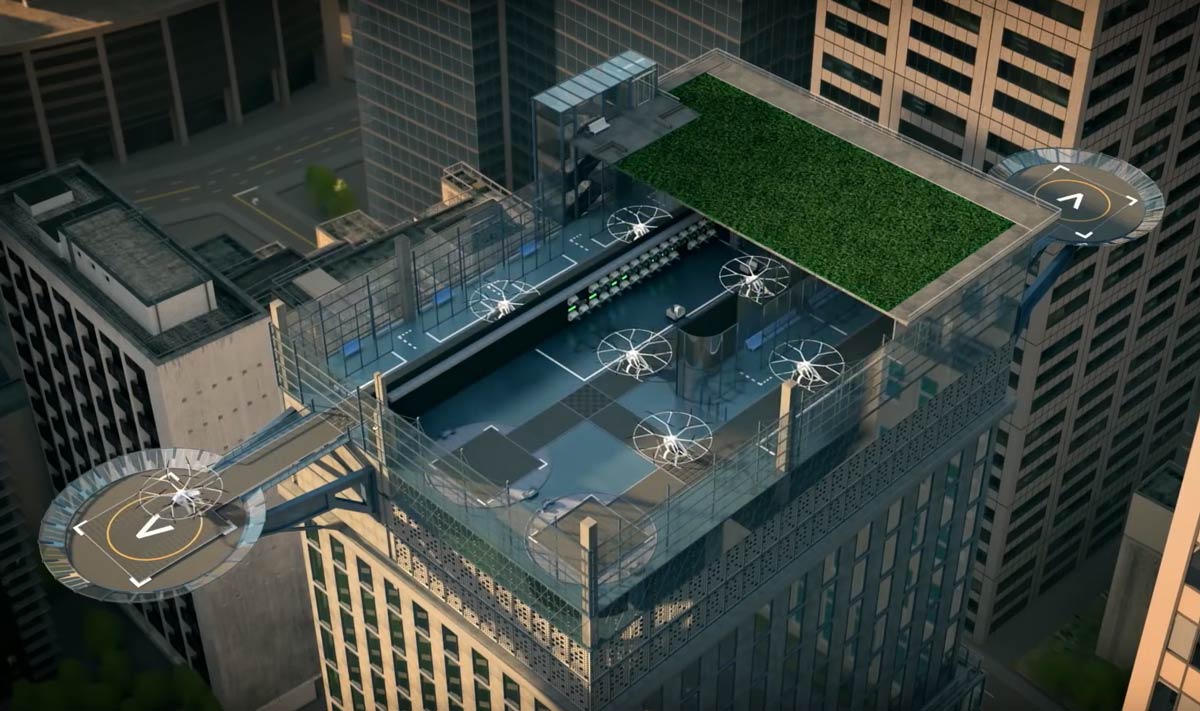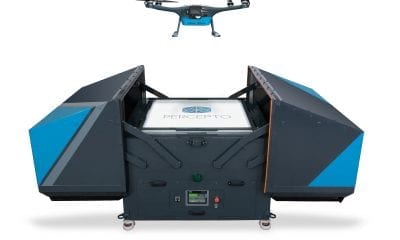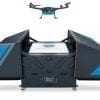Volocopter: This is How Autonomous Air Taxis Will Integrate Into Cities
The German firm Volocopter has released their impression of what rooftop platforms for flying taxis in cities of the future might look like.
Volocopter, the air taxi innovator who demonstrated their personal transport system of the future at CES2018 earlier this year, have a vision of a clean, smoothly run system in which air taxis will be available on demand and might even integrate with existing public transport systems.
“The world is now ready to share our vision of inner cities in the next 10 year,” said co-founder Alexander Zosel in the video.
The very realistic looking animation shows a Volocopter landing on a purpose-built landing pad atop a skyscraper, after which it is brought inside a ‘hub’ where several Volocopters are in various processes of preparation for the next flight.
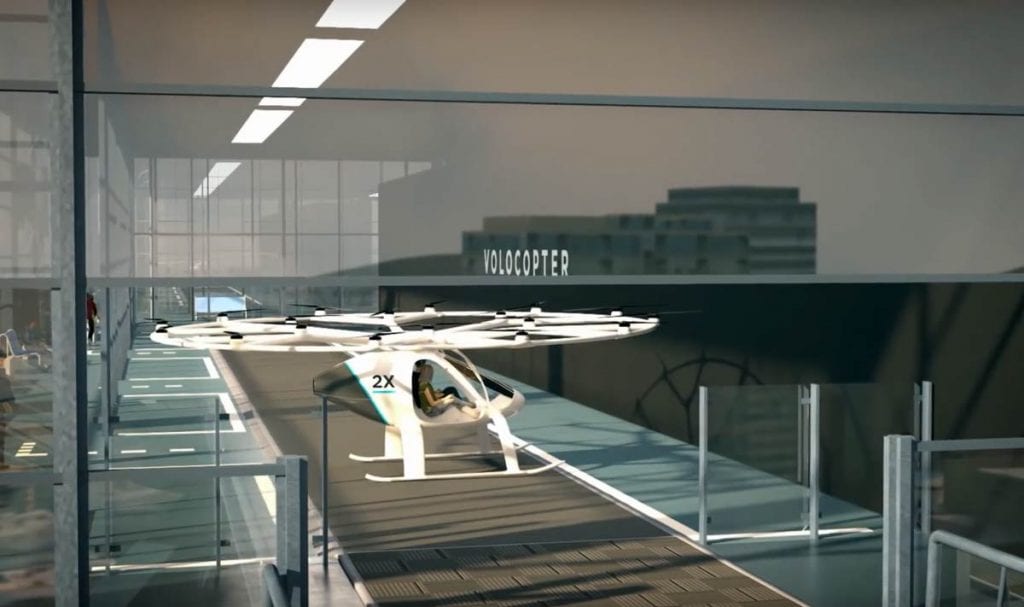
Source: Volocopter/Youtube
Inside, passengers board and disembark, and then charging and replacement of drone batteries is managed.
“We want to demonstrate how it can be implemented in the traffic context of a big city,” says CEO Florian Reuter.
“The initial step will be a point-to-point road, for example, going from the airport to the city centre which comes along with minimal infrastructure requirement and very low capital risk.”
Several autonomous flying taxi projects have already demonstrated their technical viability. From Audi and Airbus to Uber via Ehang, and Larry Page’s Cora – which now has the blessings of the New Zealand government and is slated to take off by 2021 – there are plenty of people thinking about future modes of personal transport will integrate into populated airspace.
Volocopter’s vision of the ‘Volo-Hub’ has something of an air of a cable car station where the ‘copters slow down on a circuit, allowing passengers to disembark safely.
Then the aircraft continues its way to the service area where its battery pack is automatically exchanged by robots. Then, the vehicle goes to a parking area, ready for a new trip.
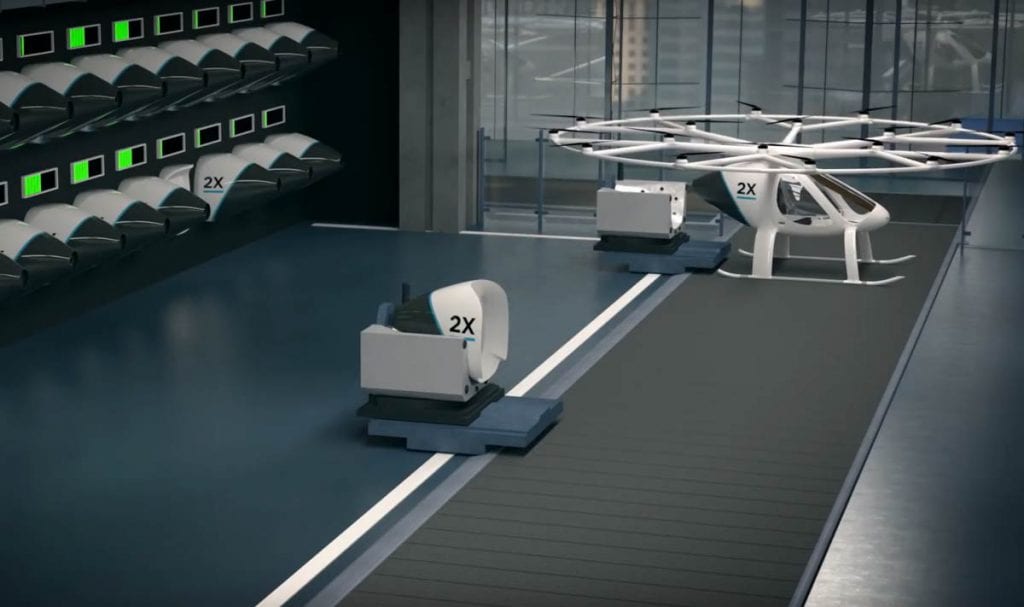
Source: Volocopter/Youtube
Zosel expects that such a system will be able to handle 1000 people an hour. ” The transaction of a Volocopter and passengers in a hub is a flowing system,” he says.
Thanks to this system of continuous rotation, Volocopter says it can take off and land a taxi drone every 30 seconds. To complement these large-scale stations, the German company has also imagined Volo-Port. It would be small heliports installed near shops, hotels, large companies or railway stations.
The idea is to create a complementary network between Volo-Hub and Volo-Port at a scale that would cover the main hotspots.

Source: Volocopter/Youtube
“Once scaled, flying will not be significantly more expensive than taking a taxi, but it will be significantly faster,” said Zosel. The company believes that its first taxicab drones will be operational within a decade, offering a transport capacity of 100,000 people per hour. Read our interview with Zosel to find out more about Volocopter.

